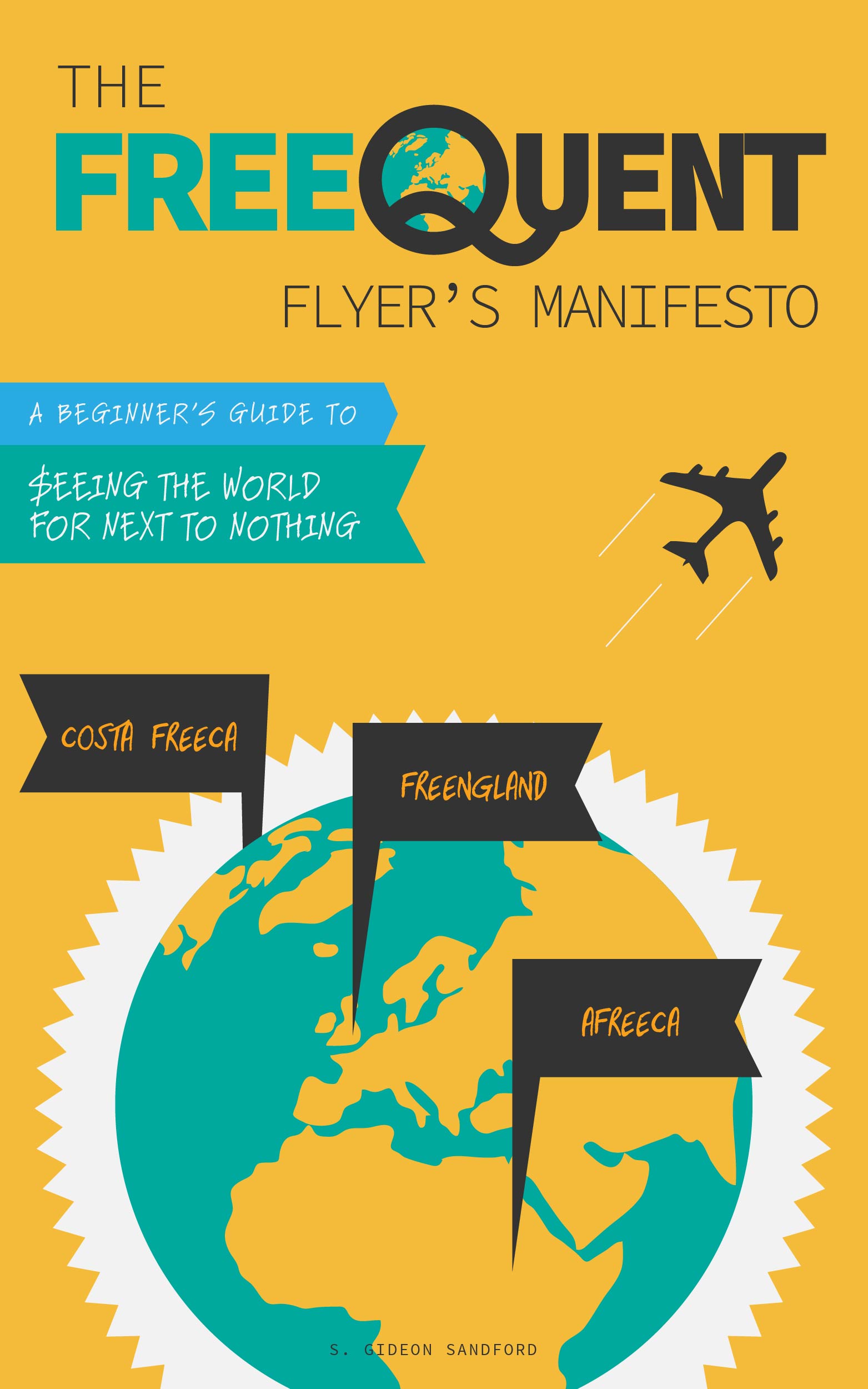Anatomy of a not-really-award trip; what should I do in the Balkans?
/While most of my travel is domestic, I try to plan at least one big international trip every year. When my partner and I were both on academic calendars, that trip usually fell during the summer, but this year my planning kept getting pushed back, to the point that if we were going to go anywhere at all, I needed to just pull the trigger. What we decided on was a 12-day trip to the Balkans.
Getting there: good award space, but cheap flights
Since I was sitting on a few hundred thousand Ultimate Rewards points, I first checked out award availability using United Mileage Plus miles. Economy award space (30,000 miles in each direction) was great, and there were several business class seats that would work for the outbound flight (60,000 or 70,000 miles depending on carrier).
There were a few obvious advantages to booking award tickets: we wouldn’t have to fly in and out of the same city, which would help us plan our travel around the Balkans. It would also save Ultimate Rewards points, since we each already have a starting balance of Mileage Plus miles, in my case about 25,000, which I would love to redeem down to zero.
Unfortunately, to maximize that strategy would also mean booking two separate reservations, topping up each of our balances and redeeming miles out of each account separately. There’s nothing inherently wrong with that, as long as nothing goes wrong, but for long international trips I’m more comfortable staying on the same reservation as my partner.
Ultimately, I decided to save the Mileage Plus miles for another day and redeemed about 110,000 Ultimate Rewards points directly for 1.25 cents each.
There are two ways to look at this decision: on the one hand, 110,000 points is fewer than it would have cost to book round-trip economy flights (120,000). On the other hand, 110,000 points is more than it would have cost me to book round-trip economy flights because I already had a Mileage Plus balance I could have topped up with a 95,000 point transfer.
Note that I also could have booked a free segment under United’s new routing rules, but that wasn’t relevant for this trip.
Staying there: still working on it!
Hilton has properties in Sofia, Belgrade, and what looks like a gorgeous old hotel in Dubrovnik where I’ll redeem a couple free weekend night certificates, but other than that the region is pretty light on the hotel chains I’m active with. So if there’s a property or destination you love in the Balkans, let me know in the comments and I’ll probably take your suggestion!
Getting around: hopefully mostly trains?
I’ve visited the Balkans before and had fun traveling between Ljubljana, Zagreb, and Belgrade by train, but for some reason in a couple hours of light Googling I’ve been unable to find any current information on train schedules, so at this point it looks like there’s going to be a certain amount of improvisation involved once we’re on-site. I understand there are some cities served only by bus but ideally I’ll be keeping that to a minimum.
Share your recommendations!
We deliberately built a lot of flexibility into this itinerary to give ourselves plenty of time to get around and explore, but that also means we will have a lot of time on our hands, so any and all recommendations are welcome from folks who love, hate, or are indifferent to the Balkans!


